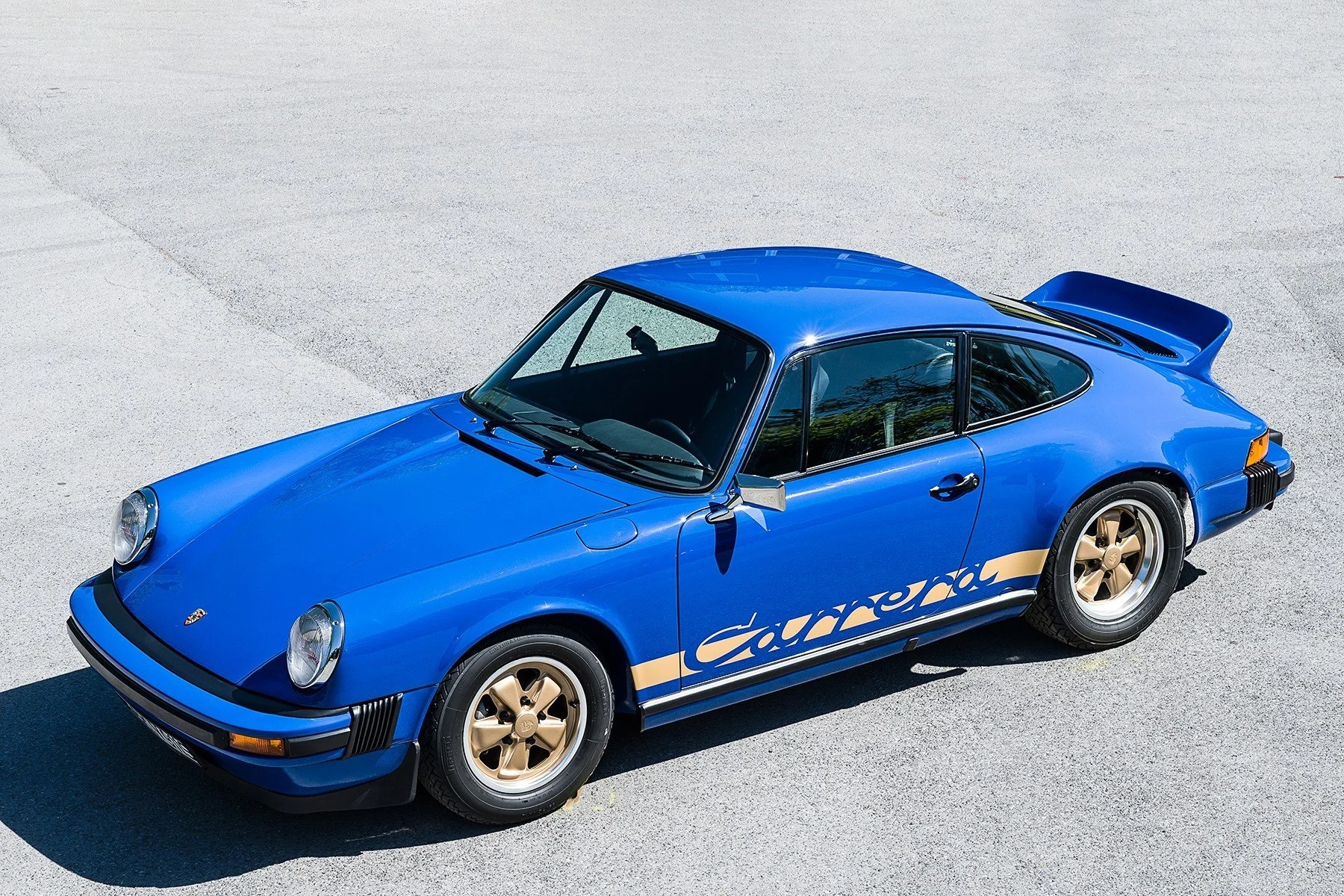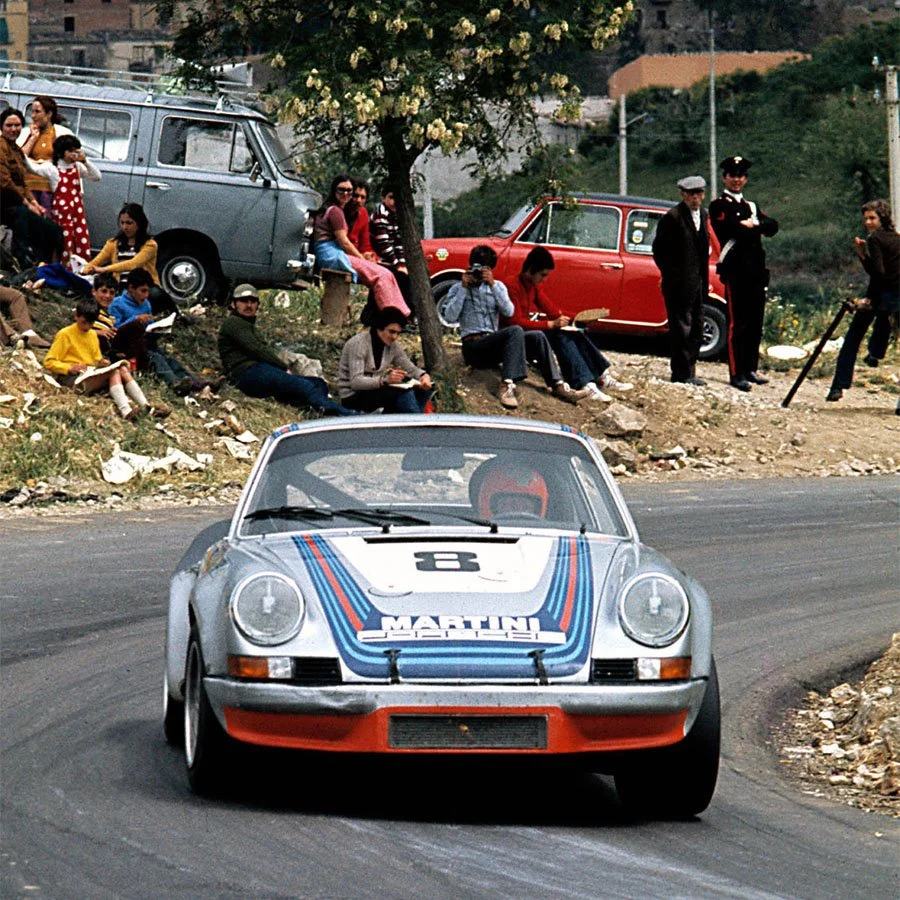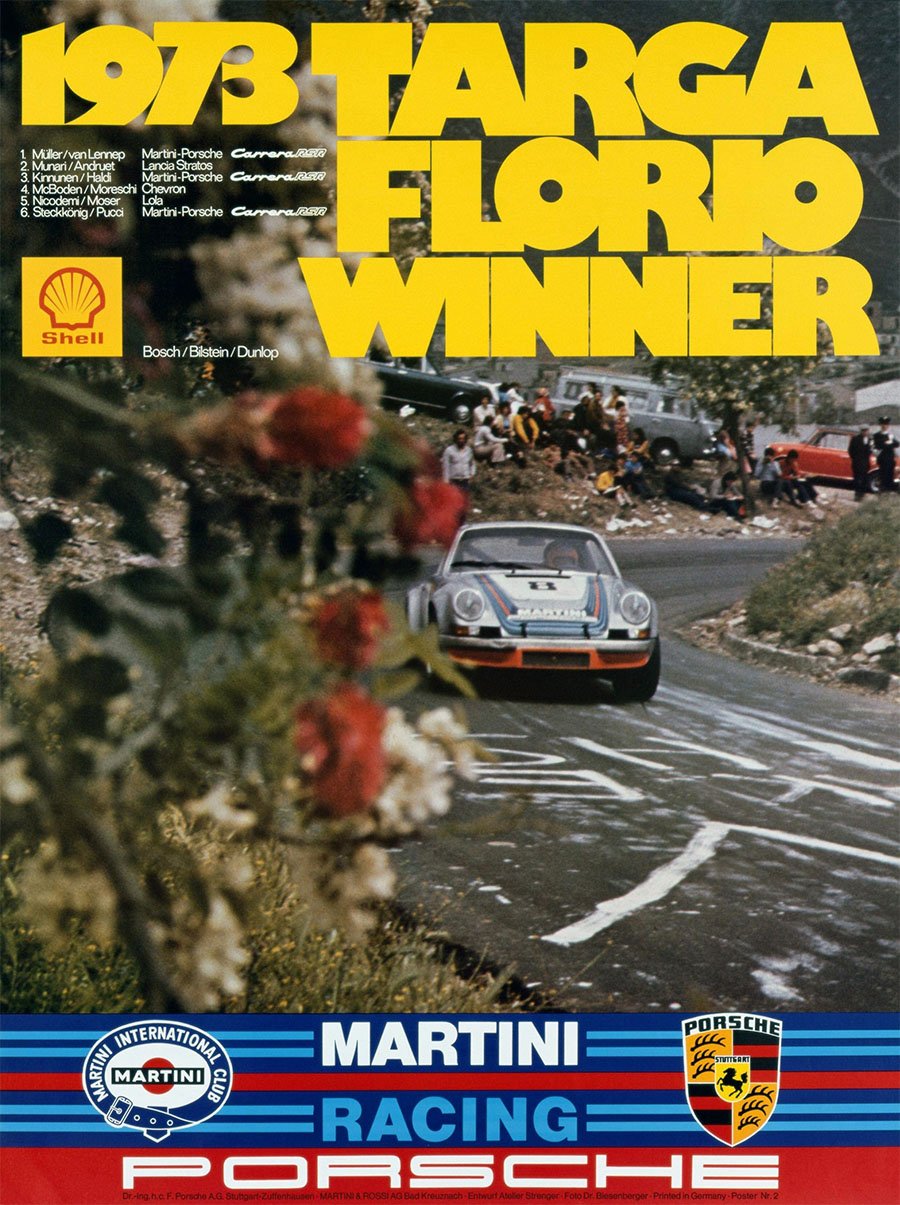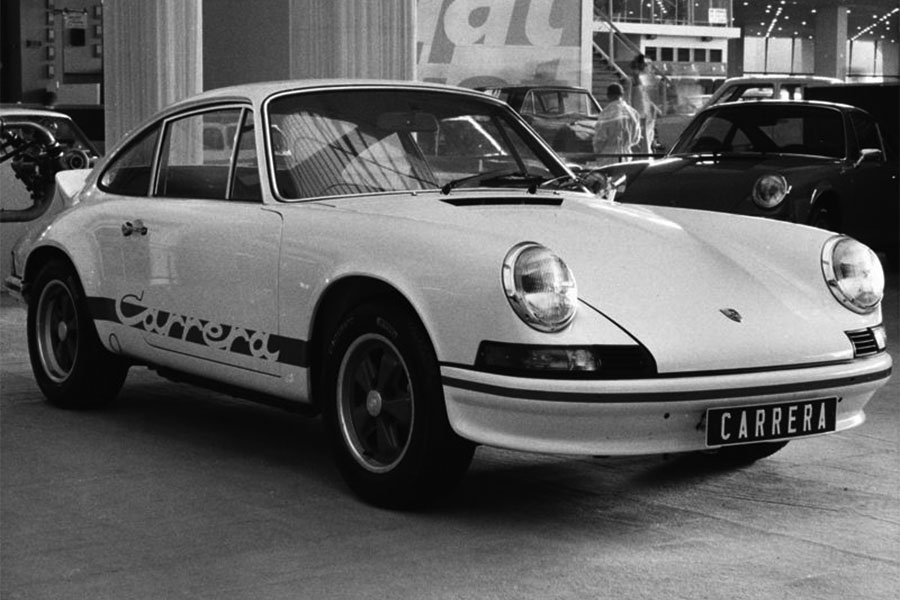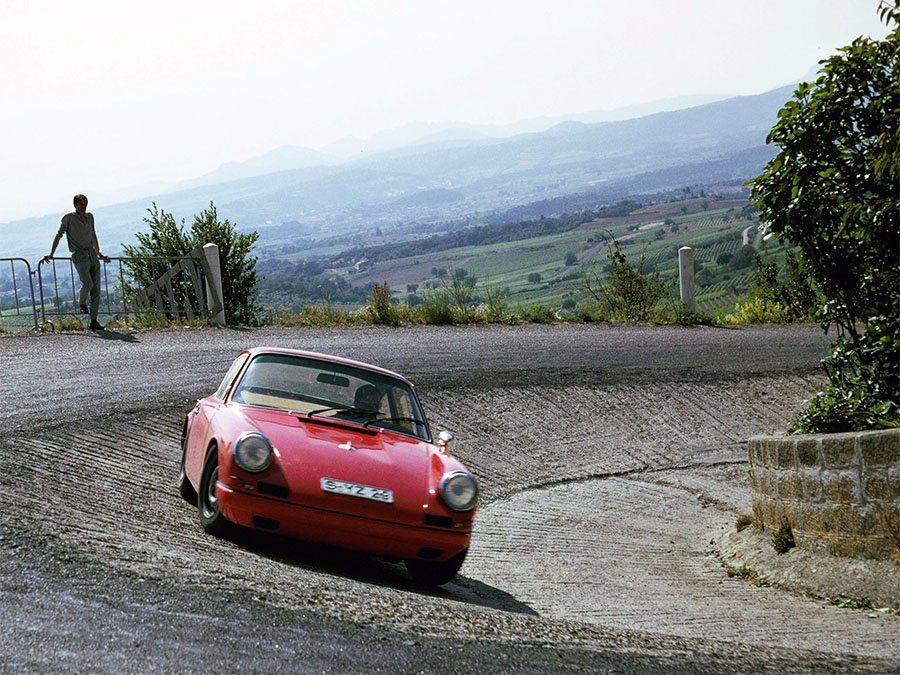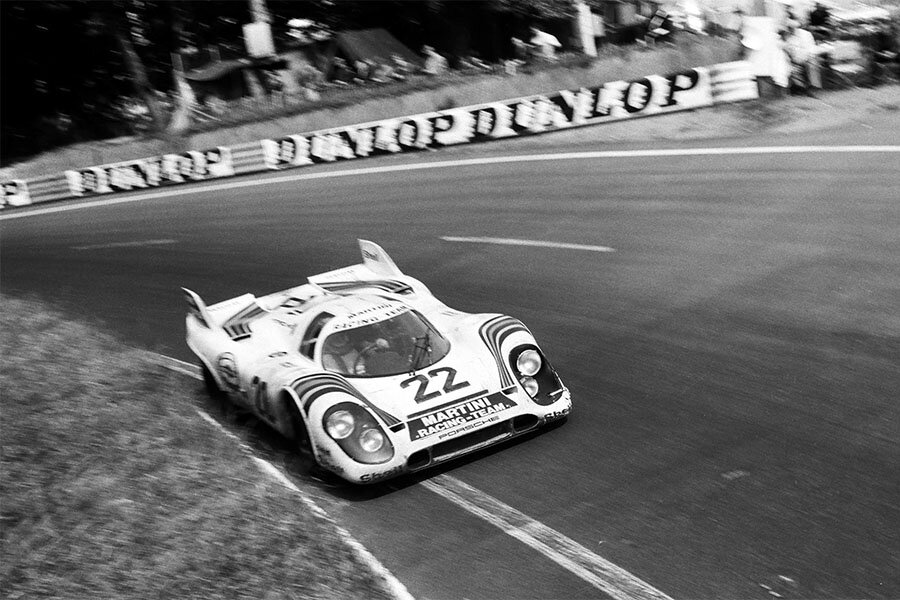VIN: the works / Martini Racing Porsche 911 2.8 Carrera RSR prototype chassis 9113600002
/HISTORY OF CHASSIS 9113600002
Chassis 9113600002 (0002) was the first 911 Carrera RS or RSR produced. It started life as an unused 2.5-litre 911 ST bodyshell (9112300841) that was renumbered to reflect its new status.
Both 0002 and 0001 (completed a few weeks later) were painted Indian Red.
0002 made its public debut at the Zeltweg 1000km World Sportscar Championship race which took place on June 25th 1972. To avoid attracting too much attention, it was entered under the auspices of long-standing Porsche customer, Paul Ernst Strahle (E. Strahle KG).
As the experimental machine had not yet been homologated into Group 4, 0002 had to run in the three-litre Group 5 Sports category. It was listed in the race entry as a 911 S 2.7. The engine was said to be “somewhere between 2.7 and 3-litres” and with an output of “around 290bhp”.
Other special equipment included cross-drilled and ventilated anti-lock brakes, modified front suspension and rear wheels widened to 11-inches (up from 9-inches on the ‘72 911 ST). A custom front apron, flared fenders and a distinctive boxed-in Ducktail rear spoiler with adjustable trailing flap were also fitted.
0002 was allocated to drivers Gunter Steckkonig and Bjorn Waldegaard in Austria. They qualified 18th on the grid and finished in tenth place overall (ten laps clear of the closest GT class contender).
Upon its return to Germany, 0002 served as an R&D mule for all manner of experimental parts. During the winter of 1972-73 it was tested extensively at Paul Ricard.
The spring of 1973 saw 0002 refinished in Martini livery. On March 5th the car appeared at the annual Martini Racing press conference held at the Pavilion d’Armenonville in the Bois de Boulogne.
In June, Martini Racing took 0002 to Sicily where it would serve as a spare in the event of any mishaps befalling one of the three race cars around the unforgiving circuit.
Just such an incident occurred during the Friday evening practice session when Giulio Pucci lost it in a big way at the top of Campofelice and slammed chassis R8 sideways into a tree. Fortunately, the impact was on the passenger side of the car, otherwise Pucci would almost certainly have been killed.
With its bodyshell crumpled beyond repair, R8 was written off.
In its place, 0002 was hastily prepared which included the installation of R8’s engine.
Pucci and Gunter Steckkonig went on to finish the event in sixth position while team-mates Herbert Muller and Gijs van Lennep took outright victory in R6. The sister car of Leo Kinnunen and Claude Haldi was third (R2).
Some time after its appearance at the Targa Florio, 0002 was sold to Dunlop in England and used for tyre testing.
In 1974 the car was sold to via Peter Gregg of Brumos to Dave White who in turn passed it on to Edgar Ramirez of Costa Rica in 1975. Fellow Costa Rican, Diego Febles, bought 0002 during the 1980s, since which time the car has returned to Europe and been restored.
Notable History
Indian Red
Registered LEO-ZA-60
25/06/1972 WSC Zeltweg 1000km (G. Steckkonig / B. Waldegaard) 10th oa, 5th S3.0 class (#5)
Winter 1972-73 Paul Ricard tests
Martini livery
05/03/1973 Martini Racing press conference, Paris
13/05/1973 WSC Targa Florio (G. Steckkonig / G. Pucci) 6th oa, 4th S3.0 class (#107)
Sold to Dunlop for tyre tests
1974 sold via Peter Gregg to Dave White, Tampa, Florida
1975 sold to Edgar Ramirez, Costa Rica
1980s sold to Diego Febles
Later returned to Europe and restored
Text copyright: Supercar Nostalgia
Photo copyright: Porsche - https://www.porsche.com





























